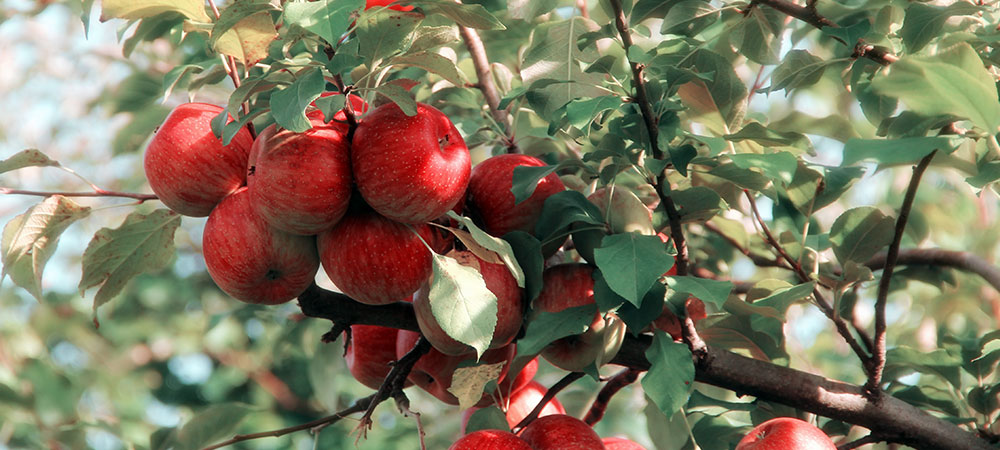‘An Apple a Day Keeps the Doctor Away’ for those with Birch Allergy

Dr. Mary Morris not only dedicated her career to offering allergy treatment following the La Crosse Method™ Protocol, but her family has also owned and operated an apple orchard for more than 100 years. New research by Nothegger1 and other researchers about the level of allergic sensitivity to different apple varieties for those with birch allergy sparked her interest.
It’s the perfect combination of three of her passions: custom allergy treatment, apples, and research.
Oral Allergy Syndrome
First, a bit about Oral Allergy Syndrome (OAS). Compounds in certain foods are similar to compounds on the surface of pollen grains, and they can trigger mouth and throat itching for pollen-allergic people. For example, those with an allergy to birch may experience symptoms when eating apples during birch pollen season.
Researchers studied patients with birch allergy to determine the level of reaction they may experience due to OAS.
While the guidelines from this research may help you determine which apples to try to avoid, Dr. Morris believes in getting to the root of the underlying allergy in order to treat the whole patient – including other prominent allergic sensitivities. Personalized sublingual immunotherapy treats the cause of environmental and food allergies to minimize reactions, including those from OAS.
The Research
To start, the researchers chose 23 different apples, and separated them into three groups:
- Red-fleshed apple cultivars – apples that are red on the inside
- New cultivars – apples “selected and optimized by humankind, particularly ‘after the postgreen revolution’ in the 1960s”
- Old apple cultivars – apples “cultivated and appreciated ‘before the green revolution’”
Patients were tested in various ways to determine which apples cause reactions most often. They were rated by how often a reaction occurred in each group – one being the most allergenic. The results were as follows.
Red-fleshed apple cultivars:
- Y 103 Kissabel
- Baya Marisa
- Red Moon
- Redlove
- R 201 Kissabel
New cultivars:
- Goldparmane
- White Rosemary
- Tiroler Spitzlederer
- Kanada Renette
- White Winter-Callville
Old cultivars:
- Elstar Lb 87/1
- Gala Buckeye
- Bay 4210 Sonnenglanz
- Golden Delicious Klon B
- Topaz
- SQ159 Natyra
- CIVG 198 Modi
- Fuji Zhen
- Gloster
- Bonita
- Lb17906
- Santana
- Pink Lady Rosy Glow
Dr. Morris summarizes, “Red flesh apples were the least allergenic, and the old fashioned apples were less allergenic than others like gala, fuji, and pink ladies.”
The researchers suggest that patients with a strong sensitivity to apples should use immunotherapy to treat the cause of their birch allergy. Then, “They started with the least allergenic of the apples and had them eat an apple a day. An apple a day keeps the doctor away!” Dr. Mary says.
Check out the study to dig into the details of how this was tested, which parts of the apple are most allergenic, and more!
1https://pubmed.ncbi.nlm.nih.gov/31953891/
By Taylor Pasell, Allergychoices


